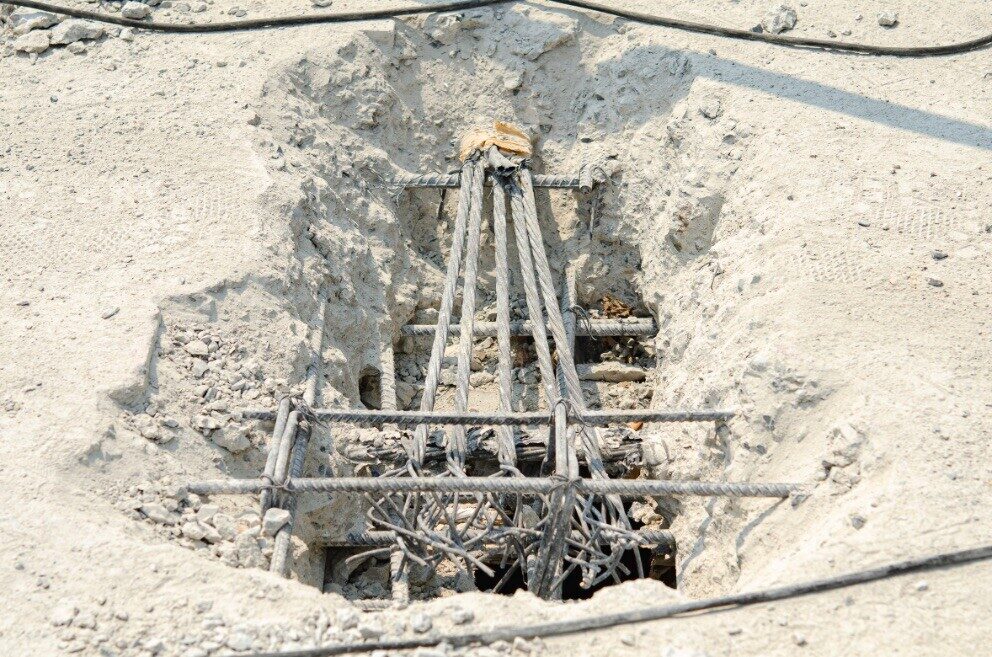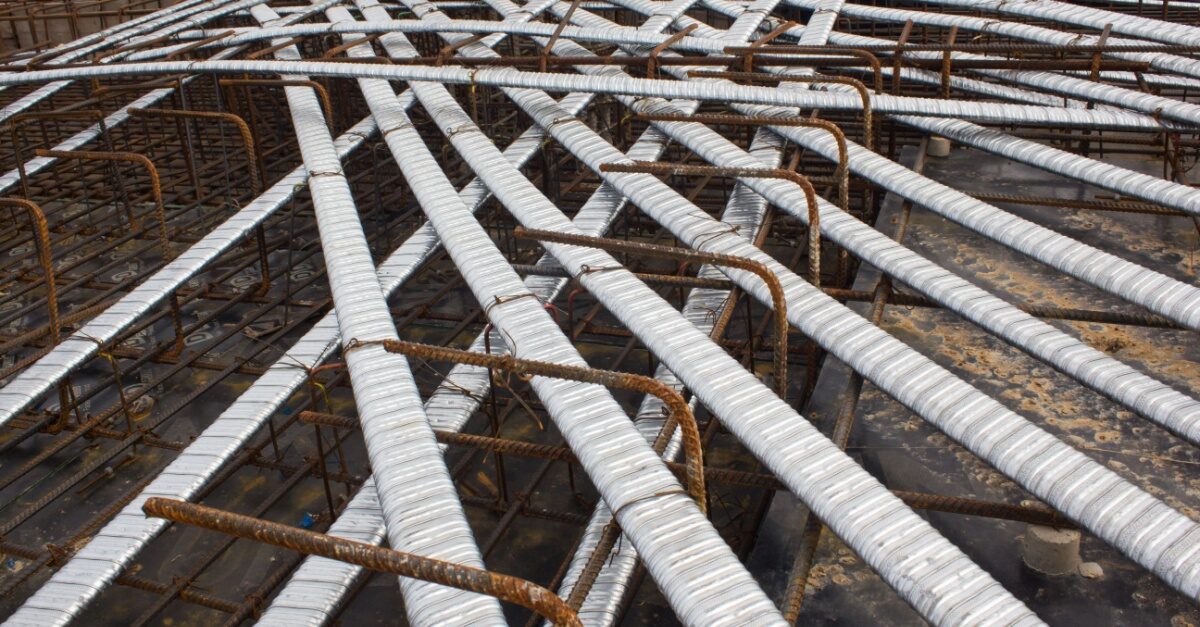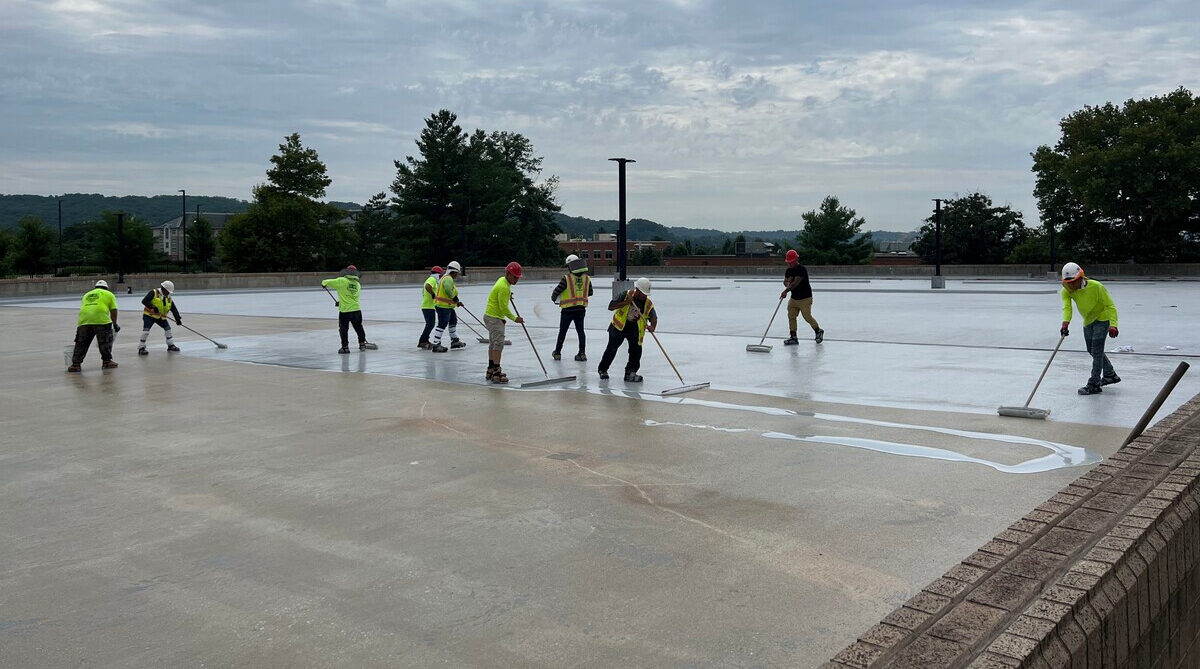The Importance of Wall Flashings and Why They’re Needed in Building Construction
Rain, snow, ice, and condensation can wreak havoc on structural integrity and exterior maintenance repairs over time. This is because exposure to water cannot always be prevented, even in seemingly dry and arid regions. Water is the universal threat to buildings of all kinds, and the penetration must be controlled. Thankfully, there is a simple but critical part of the building that can help keep water out— wall flashings.
Wall Flashing Material Matters
Flashings are water impervious membranes, metals, plastics, or other durable materials installed inside walls during construction. Its job is to collect water penetrating the exterior through cracks and direct the water back outside through designated drainage areas. The material the wall flashings are made from must withstand the abuse of construction following the installation. Due to its importance, the flashing must be installed as a crucial part of the building design. Flashing material should never be left out or substituted for the cheapest option to save money. Poor material or sealant services will damage the building’s structural integrity in the long run.
Wall Flashings Maintain Healthy and Structurally Sound Buildings
As noted by Facility Executive, water causes deterioration. It can enter the building through several mechanisms, including hydrostatic pressure, capillary action, wind/air currents, surface tension, and natural gravity, among many others. Wall flashing can help protect integral parts of the building structure and is especially vital around the following areas:
- Pipes. Anywhere a pipe enters or exits the wall, there needs to be flashing applied.
- Electrical Lines. Protecting the wires is critical to prevention issues down the road.
- Corners/Peaks. Corners in the walls and peaks in the roof need special flashing attention.
- Windows/Doors. Installing wall flashing helps prevent water entry in these areas.
- Multiple Stories. Interior flashing can keep water from trickling between stories and floors.
- Envelope Maintenance. Sealing the building in a waterproof envelope is the goal.
- Top to Bottom. Waterproofing must happen from the roof to the basement to be effective.
Flashing is a critical part of building construction and should not be overlooked.
When to Install Wall Flashing
Routine maintenance and preventive measures remain critical when protecting every aspect of a structure’s construction. It is essential to choose the right type of waterproofing material in the right situation. Wall flashing is only as good as the materials used and the method in which it is installed. Suitable flashing will take time and effort to get installed correctly, and it can add to the cost of the overall construction project, but it will more than pay for itself with maintenance and repair savings in the long term. Installing waterproofing structures during initial construction is always easier and cheaper than installing them during renovations and repairs.
Work With an Expert to Choose the Right Flashing Material
Ultimately, wall flashing is critical to the water resistance and sustainability of any significant building structure. Proper choice of material, design and installation methods result in wall systems that are stronger, more durable, and more resistant to water intrusion. Exposure to the elements cannot be avoided, but the damage caused by water can be significantly reduced by ensuring the building envelope is well-maintained, including commercial waterproofing and flashing installations. Request a consultation with The JOBS Group to get started.



